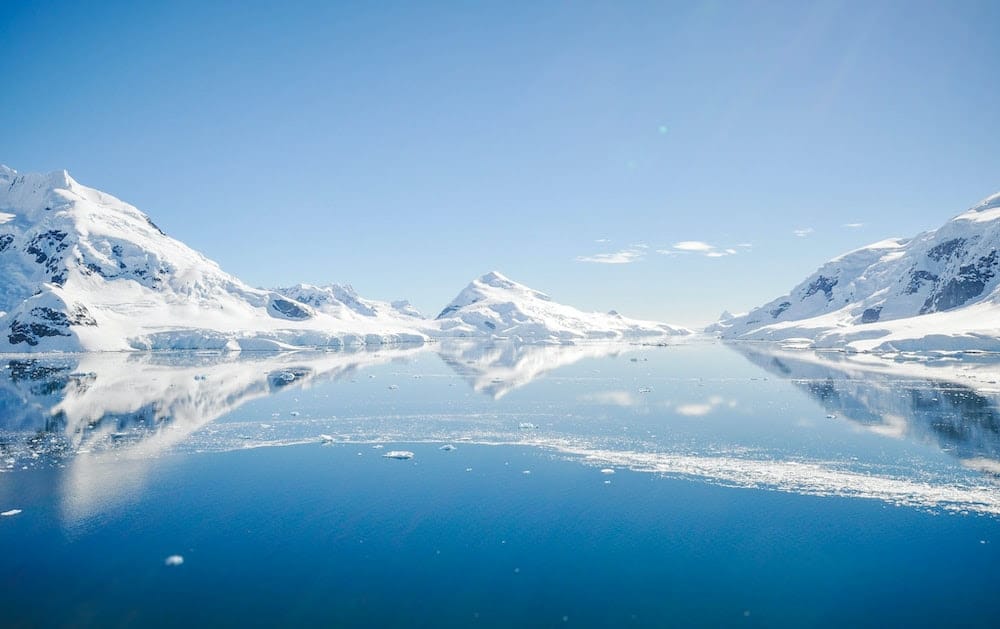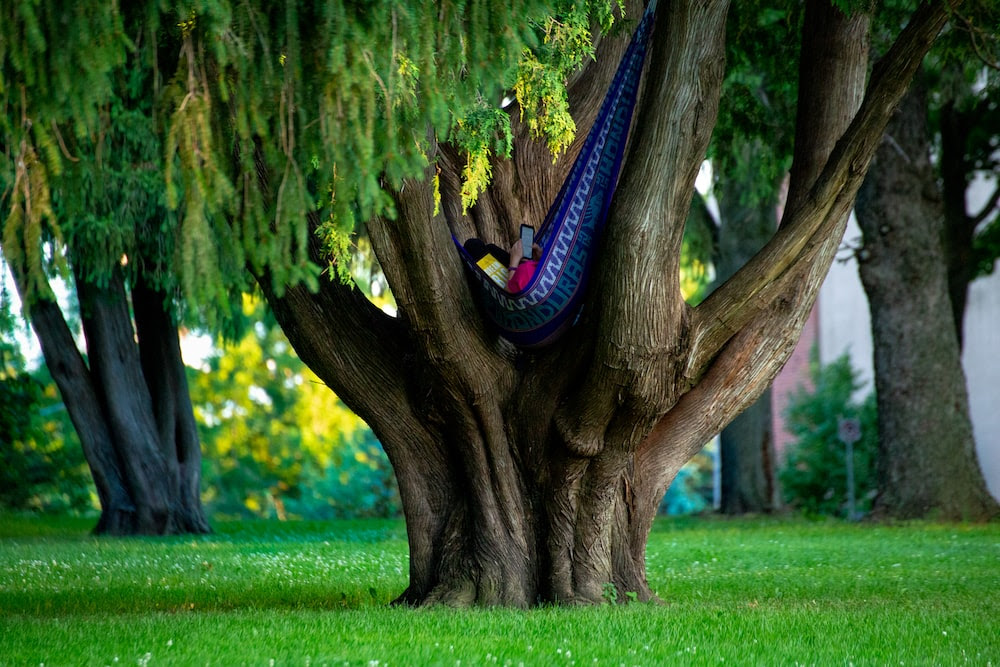
Ocean currents flowing around Antarctica allow water, oxygen, nutrients, heat and carbon from the oceans to be distributed around the planet, but with global warming, these currents are slowing down. Antarctica is home to the world’s largest waterfall, located in the ocean where thousands of billions of tons of cold, dense, oxygen-rich water flow from the continental shelf into the depths of the ocean. This deep-sea water is called Antarctic Bottom Water by scientists and represents up to 40% of the world’s water volume.
The water is then carried northwards by ocean currents, gradually rising to the surface along the way. This makes Antarctica the driving force behind a global network of ocean currents known as the overturning circulation. This movement of water is responsible for distributing heat, carbon and nutrients throughout the planet’s oceans, allowing oxygen to reach the ocean floor and helping to maintain global climate stability.
In a study published on the Nature Climate Change website in May 2023, a team of researchers from the Australian-based Commonwealth Scientific and Industrial Research Organization (CSIRO) warns that global warming is already slowing this current down, and could even bring it to a halt. Observations show that over the last three decades, the overturning circulation has slowed by 30%, causing a drop in oxygen levels at the bottom of the oceans, ahead of what climate models had calculated.

These results were validated by observing depth data that returns ocean density once a year, records from moored instruments that measure density and velocity continuously, and a high-resolution numerical simulation that calculates the strength of the flow of water from the Antarctic floor and the amount of oxygen it carries to the ocean depths. The researchers focused on a specific area of Antarctica, south of Australia, considered to be an early warning zone. They were also able to confirm that the origin of the slowdown in overturning circulation was ice melt, which notably cools surface water and reduces its salinity and density.
Reduced density leads to weaker flow and therefore slower circulation. However, according to the models, the current level of slowing should not have been reached before 2050, and this early date is worrying scientists. It means that the observed evolution is reducing the amount of oxygen present in the ocean, and could lead to the migration of marine animals, highly sensitive to change, to other regions. The slowdown in overturning circulation also slows the upwelling of nutrients, which become less accessible to surface animals. This slowdown also causes water levels to rise, as warmer water tends to replace cold water from the depths, and warmer water takes up more space than cold water due to thermal expansion. Under normal circumstances, ocean currents capture CO2 and heat from the ocean depths, but the slowdown in overturning circulation could limit this process, and CO2 and heat not trapped by the oceans could end up in the atmosphere, accentuating the effects of global warming.




